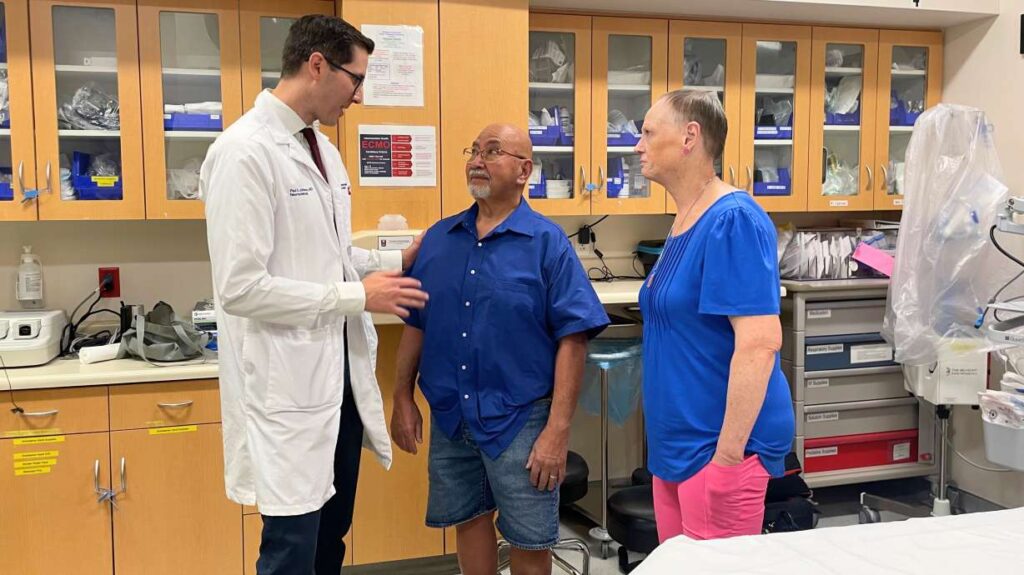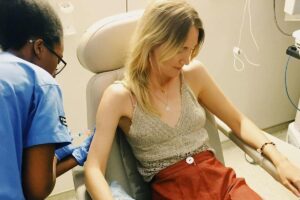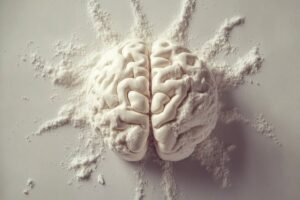
MURRAY — The sound of her husband falling in the bathroom is a moment Ann Itchon will never forget. On January 23, 2024, Ted Itchon woke at 2 a.m., lost his balance, and collapsed. Ann quickly called 911, unaware he was suffering a stroke until a paramedic mentioned it.
Immediate Impact
By the time Ann reached the hospital, first responders had already administered a stroke-stopping medication to Ted, preventing further brain damage. Dr. Paul Johnson, the neurologist on duty at Intermountain Medical Center, highlighted the urgency of stroke treatment, noting, “A stroke is a very time-sensitive disease. Every minute you delay care, it costs brain cells.”
Key Details Emerge
Utah recently topped the nation for the fastest stroke treatment times, according to the American Heart Association. The state excelled with 87.1% of stroke patients receiving crucial medication within 45 minutes of arrival. This achievement surpasses the national recommendation of 60 minutes.
In Utah, 87.1% of stroke patients receive medication within 45 minutes, making it the only state reaching this goal for over 85% of patients.
By the Numbers
Intermountain Health’s stroke centers report that 94.5% of patients receive medication within 45 minutes, with 88% receiving it in 30 minutes or less. Dr. Johnson attributes this success to streamlined processes such as pre-mixed medications and expedited CT scans.
Expert Analysis
“We’ve focused intensely on assessing patients quickly,” said Dr. Johnson. “Collaboration with EMS, ER doctors, and nurses ensures we shave off every minute possible.”
Ted Itchon’s case required not only medication but also a thrombectomy to remove blood clots. Thanks to swift action, Ted experienced a speedy recovery and returned home four days later.
Background Context
Strokes, the fifth-leading cause of death in the U.S., occur when a blood clot blocks an artery, cutting off oxygen to the brain. Common in older adults, strokes can happen to anyone. Dr. Johnson emphasizes the importance of the mnemonic device BEFAST to recognize stroke symptoms and act quickly.
BEFAST: Balance issues, Eye problems, Facial droop, Arm weakness, Speech problems, and Time to call 911.
What Comes Next
Dr. Johnson advises that knowing a patient’s medical history and medications can expedite treatment. Prevention remains key, with 80% of strokes potentially preventable through managing conditions like high blood pressure and diabetes.
For more information on stroke risk or recovery, visit the American Heart Association’s stroke website.







